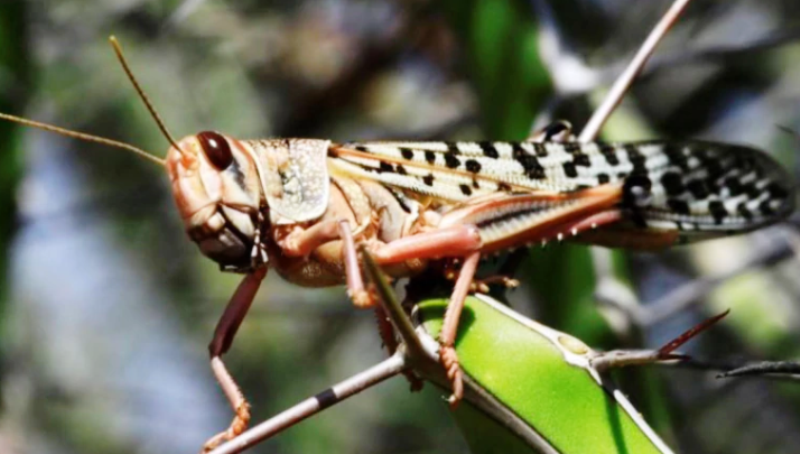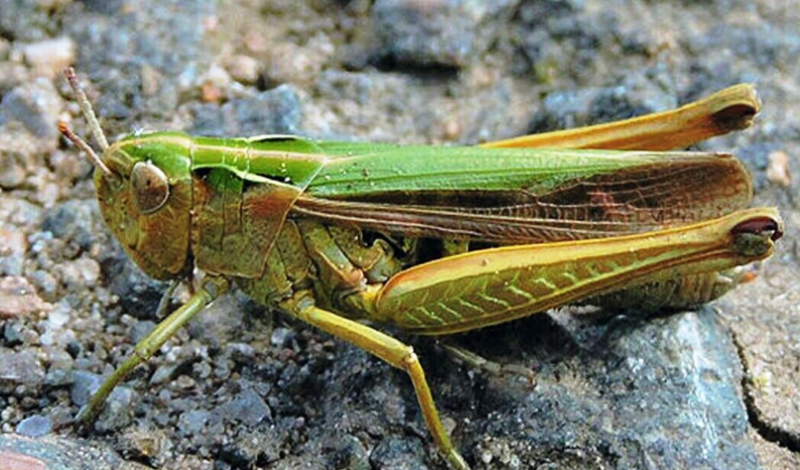
Farmers need to alert as the locust attack is knocking at the doors again. If Food and Agriculture Organization’s (FAO) projection goes right then heavy rainfall in the Southern coast of Iran will provide favorable conditions for two generations of breeding of the locust swarms, posing a big threat to whole of Southwest Asia that includes Western India and southern Pakistan.
FAO in its latest desert locust bulletin released on 3rd February flagged the ‘menace’ of hatching & band formation in South Iran and breeding is expected to begin in Southwest Pakistan.
The FAO said that “In Southwest Asia, heavy rainfall fell on the southern coast of Iran where the swarms were laying eggs that should allow favorable conditions for two generations of breeding, leading to a considerable rise in locust numbers”.
It is important to mention that in Southern Iran, breeding conditions were favorable about 2 months before normal due to unusual winter showers, green vegetation & above-normal temperatures.
While Rajasthan has raised fear over the persisting locust threat, neighboring Gujarat is ready to deal with the challenge in the coming season.

Punamchand Parmar, Gujarat government’s Additional Chief Secretary for Agriculture & Farmers’ welfare while speaking to told Businessline said that “The problem of locusts is more of less resolved this year. Government has controlled it over an area of more than 3 lakh square meters in the western States. FAO’s alert is for the upcoming season starting in June, for which the Centre and the State Government of Gujarat are prepared and in the same manner have controlled locusts in the current year.”
Gujarat had to bear the brunt of the locust attack in the ongoing kharif season spoiling crops on about 25,000 hectares of land.
The FAO, in its specific forecast on India said that majority of the residual summer-bred adult groups & swarms will travel from Rajasthan & Gujarat towards Balochistan in Pakistan.















